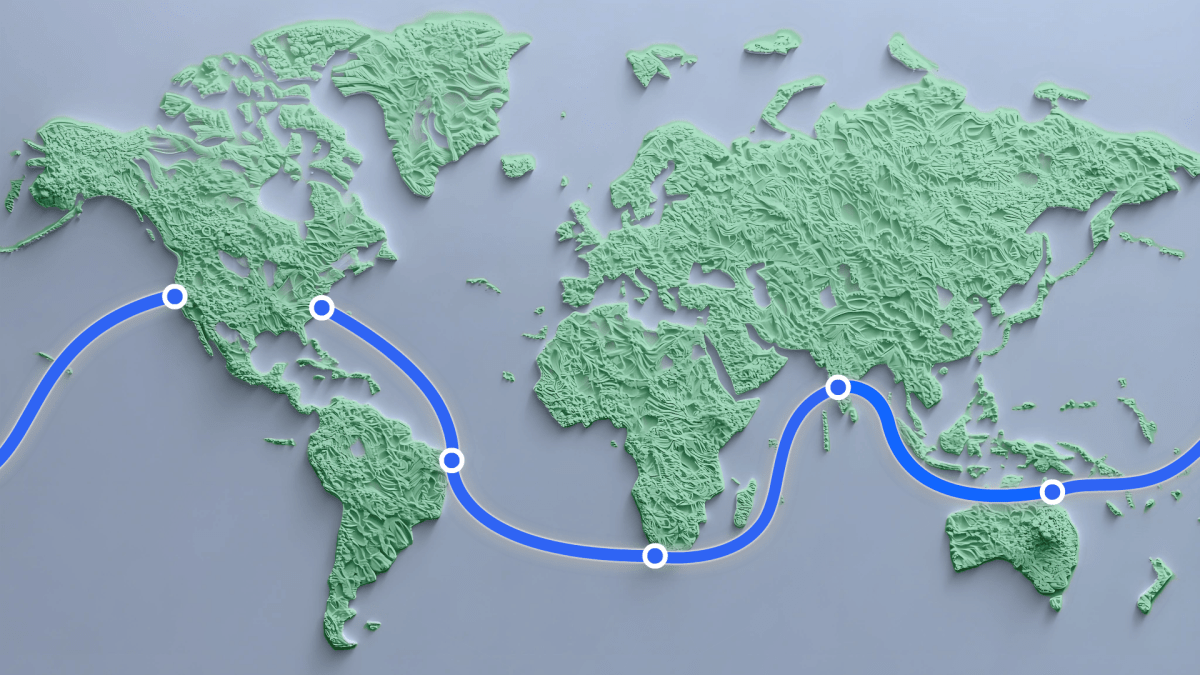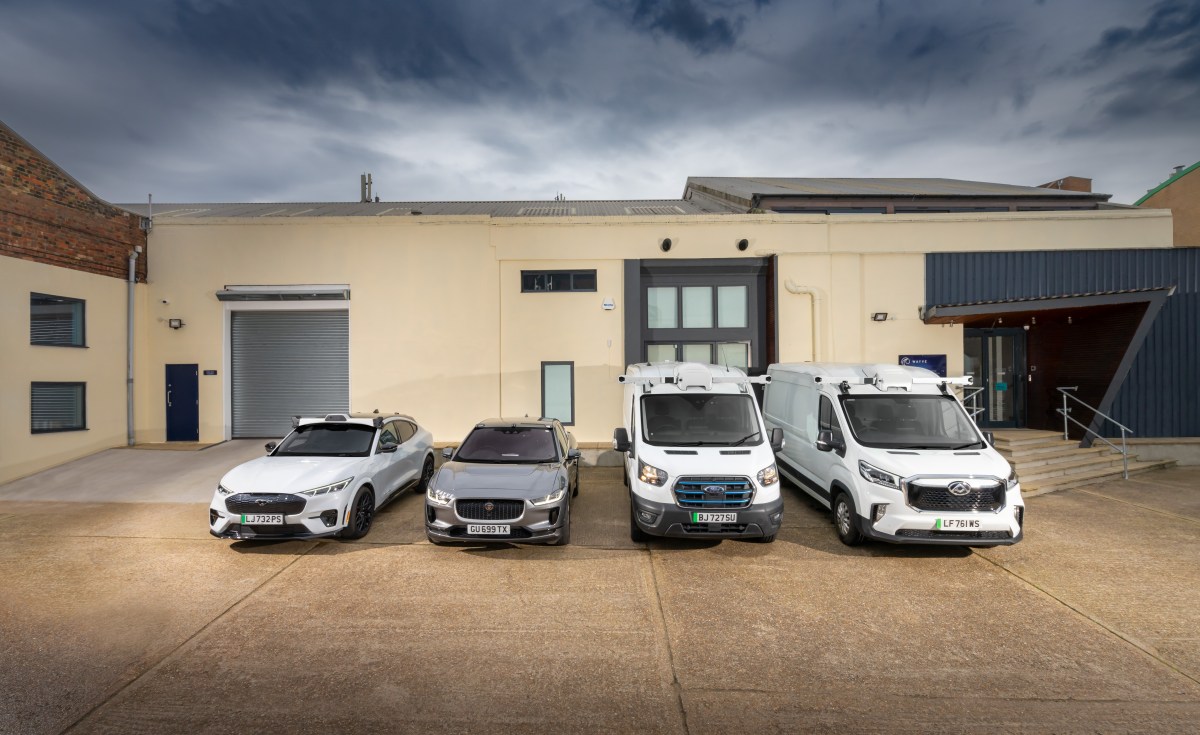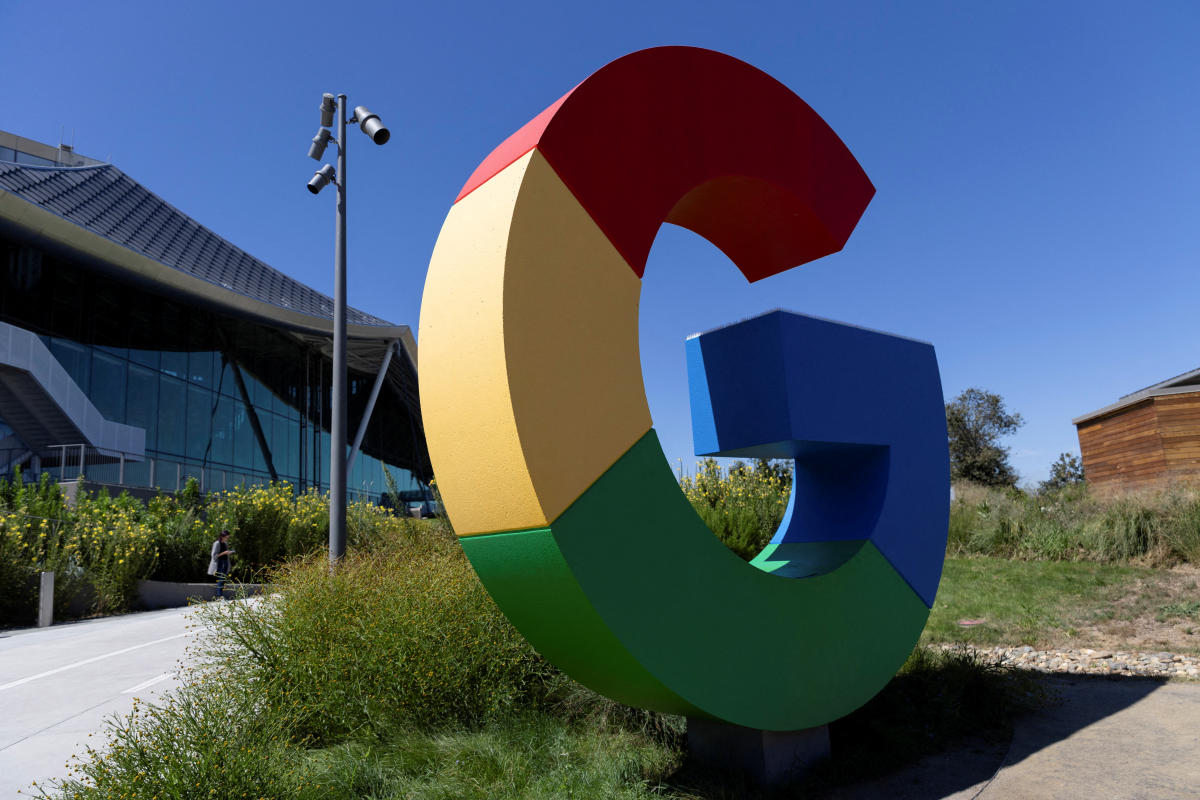Introduction to Meta’s Subsea Cable Project
Back in November, it was reported that Meta, the owner of Facebook, Instagram, and WhatsApp, with billions of users accounting for 10% of all fixed and 22% of all mobile traffic, was planning to announce a major new subsea cable project. The aim was to give Meta more control over how it runs its own services. Today, Meta confirmed the details of this report, announcing that the project, dubbed "Project Waterworth," will be 50,000 kilometers long when completed, making it the world’s longest subsea cable project.
Project Waterworth Details
Project Waterworth will connect five continents, with landing points in the United States, Brazil, India, South Africa, and other key regions. Meta has highlighted the opportunities in India and the role that the network will play in rolling out AI services globally as two key reasons for building the network. In terms of the network itself, Meta will be breaking new ground with its architecture, using 24 fiber pair cables and what it describes as first-of-its-kind routing, maximizing the cable laid in deep water, with new burial techniques to reduce faults in high-risk areas.
Route Map and Geopolitics
The subsea cable will span the globe, connecting the U.S., South Africa, India, and much of the Asia region. Geopolitics has played a significant role in Meta’s decision to build its own subsea infrastructure. On Thursday, the White House published a joint leaders statement from U.S. President Trump and India’s Prime Minister Shri Narendra Modi, detailing a lengthy list of areas where the two countries would cooperate, including a commitment to co-developing undersea technologies as part of a defense partnership and a note about Meta’s Waterworth project.
India’s Role and Financing
India intends to invest in maintenance, repair, and financing of undersea cables in the Indian Ocean, using trusted vendors. The growth of AI data centers and cloud services in India, the world’s most populous country, is a significant reason for Meta’s project. Meta has declined to comment on more specific details but provided some high-level ideas of applications and highlighted the country and AI in its blog post.
Applications and Investment
Digital communication, video experiences, and online transactions are among the applications that the subsea cable will enable. Project Waterworth will be a multi-billion-dollar, multi-year investment to strengthen the scale and reliability of the world’s digital highways by opening three new oceanic corridors with abundant, high-speed connectivity needed to drive AI innovation around the world.
Meta’s Subsea Cable Efforts
This is not Meta’s first subsea cable effort, nor is it the only major technology company to build its own subsea infrastructure. According to telecom analysts TeleGeography, Meta is part-owner of 16 existing networks, including the 2Africa cable that encircles the continent. This new cable project would be the first wholly owned by Meta itself, putting it into the same category as Google, which has involvement in some 33 different routes, including a few regional efforts in which it is the sole owner. Other Big Tech companies, such as Amazon and Microsoft, are also part-owners or capacity buyers in subsea cables, but neither is a whole owner of any route themselves.
Source Link





